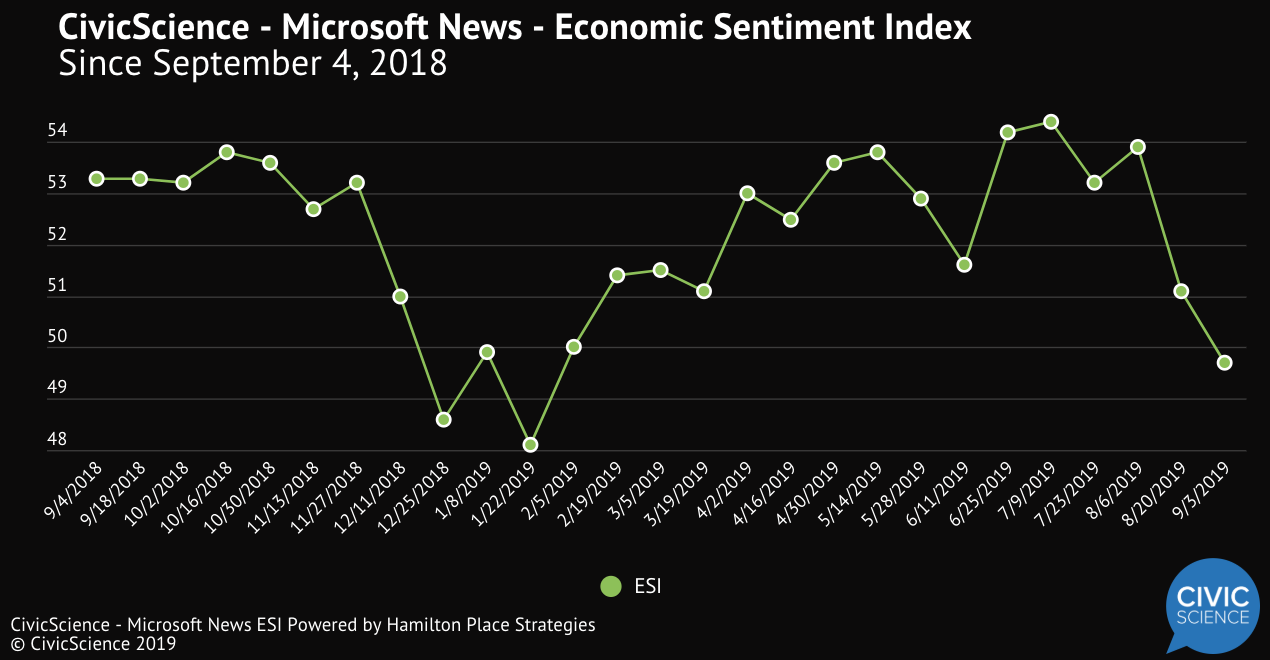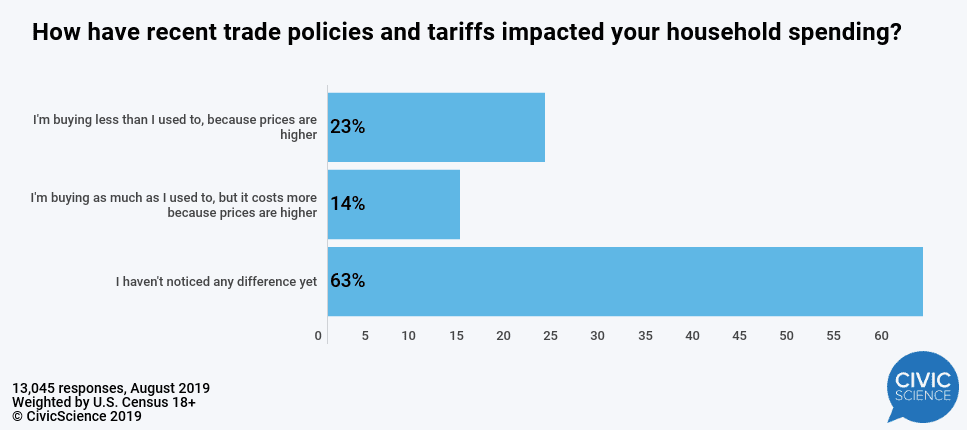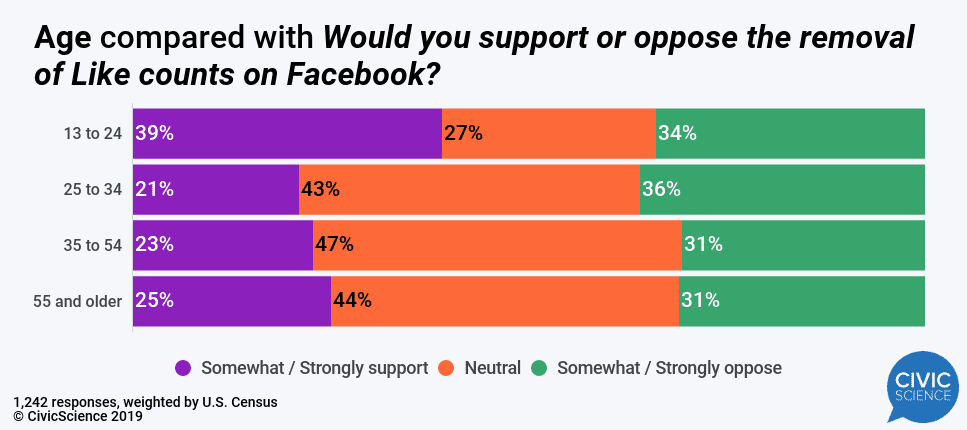Big companies are crazy. I don’t know how you people do it. It’s like you’re on another planet.
A couple years ago, a client of ours said he would never tell upper management about our platform because they would just ask him for more stuff. Seriously. He said that. Out loud.
Another client would deliberately sit on reports we sent her for a week before sending them up the flagpole, so her bosses didn’t get used to things being turned around in a day. (Note to my C-Level Friends: If someone tells you research takes two weeks anymore, you’re being duped.)
Every agency or consultant can tell stories about a client calling them at the end of the fiscal year, looking to burn excess money on something – anything – so they didn’t lose budget the following year. We all love those calls. It’s Christmas. But it’s weird.
We once had a one-year deal come to an end without the client using a penny of a $200K purchase they made. The guy who did the deal was reorg-ed out of the company shortly after our engagement started and the successor spent eleven months ignoring us just because she didn’t like her predecessor. They might as well have lit a truckload of cash on fire.
I could go on but I’m sure your stories are far, far worse than anything I’ve seen from a distance. Inhumane downsizing, backstabbing, wasteful spending, politics and ass-kissing trumping merit. There are people in New York who commute 90 minutes, each way, every day, just for that privilege. And it’s normal.
But you also have a certain type of security – or, at least, predictability – that entrepreneurial gigs like mine do not. Moving from one role to another, even one company to another, is fairly seamless, not just because your skillset is broadly transferable but because you know how to work the labyrinth. If I ever had to go work for a company like yours, I’d be lost. Shell-shocked.
My thing isn’t for everyone either. Being a so-called “vendor” sucks sometimes. It’s scrappy. Frugal. Your emails are always the last ones to get returned, if ever. Things like pensions or 401(k) matches are an urban legend. And there’s no obvious fallback option if it all goes to hell.
But I still wouldn’t trade with you for a million dollars – a billion maybe. Maybe.
Especially if you’re reading this during your 90-minute commute into Manhattan.
Here’s what we’re seeing right now.
Consumer confidence is getting uglier by the minute. Sorry to start on a sour note. But our Economic Sentiment Index continued its rapid descent over the past two weeks, as persistent recession fears, stock market volatility, and the escalating trade war with China took their toll. Notably, confidence in the labor market had the biggest decline this time. Keep an eye on that.
You should really keep an eye on the growing implications of tariffs on U.S. consumers – or just let us do that for you. On Thursday, we published the first of a new monthly report on how tariff policies are impacting U.S. consumers. Our initial data showed not only growing levels of concern among U.S. households but also early signs of constrained spending. While retailers have the most to fear – especially with the holidays just around the corner – the domino effect on disposable income could hurt everyone from restaurants to travel companies. We’ll share the top-line findings with you every month. But for those of you who are clients, we’ll be doing more ongoing reporting and category-level analysis. Stay tuned.
Walmart pulled a total Dick’s move this week and that’s a good thing. We showed off this week, publishing a study on consumers’ reaction to Walmart’s new gun policies about four hours after the news broke. Aside from the fact that I was predictably accosted by righties accusing us of bias because they didn’t like the results, it got a ton of great visibility. The main takeaway: Reaction is actually more positive than when Dick’s Sporting Goods made their bold gun move in the spring. And we saw how that turned out. Walmart has a lot of headwinds to fight (see above) but this move should bode well.
If you aren’t prioritizing diversity in your advertising, you’re doing it wrong. We released another big study this week (told you things get crazy here after Labor Day) in partnership with Univision, looking at the importance of diversity and inclusion in advertising, particularly as it relates to Hispanic consumers. You can see the study for yourself but, suffice to say, it’s important. And before you shrug that off, remember we’re talking about the fastest-growing segment of consumers in the country. Listen to me when I say this: There is no more powerful consumer in America right now than a Hispanic Millennial Mom. Full stop.
McDonald’s would kill it with sweet potato fries on their menu, especially with Millennials. I don’t need to say much more than that. Read more if you want. But we’ve studied a bunch of new/potential McDonald’s menu items over the years and these numbers are off the charts.
Gen Z doesn’t like all the Likes. Huh? Facebook is considering a move that would obscure from other users the number of Likes a person gets for a post on the platform. Most Facebookers don’t love the idea but the teens and college kids do. Why? My theory is that these digitally native Gen Zs feel a different level of pressure on social media than the rest of us. They’re being judged enough already.
We also published studies finding that most people want all episodes of new TV shows to be released at once; that language learning apps like Duolingo are being driven by curiosity; that Fitbit could find a lot of success with their new subscription service, and…
You’re probably drinking coffee right now. Because 70% of Americans do. And we found all kinds of correlations and preferences, all wrapped up in some beautiful infographics.
And here are the most popular questions from this week:
- Should parents ask for their children’s permission before posting photos of them on social media?
- What do you do with the little plastic hotel toiletries when your stay is over?
- Do you actually stop wearing white after Labor Day?
- Do you miss your first car?
- Who usually makes breakfast in your house?
Hoping you’re well.
JD













